Subway fixes proposed by the RPA include ending 24-hour service and expanding Second Avenue line
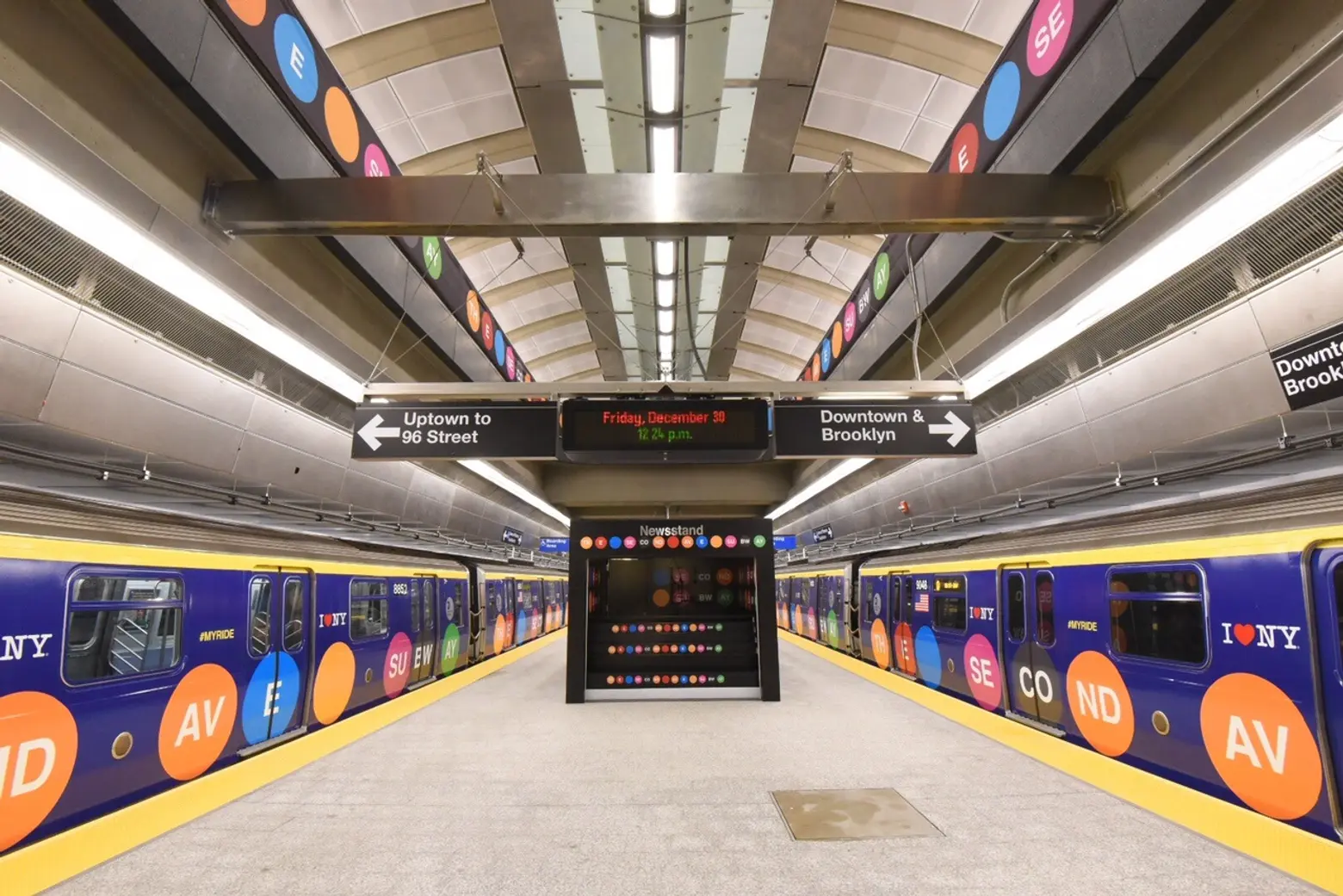
Today the nonprofit Regional Plan Association released its Fourth Regional Plan, a collection of broad and sweeping suggestions to make the MTA’s very bad subway system start working again. In fact, there are more than 60 suggestions total in the 351-page document, which the association has been working on for years to improve infrastructure throughout the tri-state area. The RPA explicitly ignores political realities, but in the past their suggestions have proved influential over the region. And so they’ve offered up a few biggies to the MTA: ending 24/7 subway service, eight new or extended subway lines, and taking away the responsibility of subway maintenance and repairs from the beleaguered transit agency.
One of the most ambitious proposals is to take the task of subway repairs away from the MTA and give the overwhelming responsibility to a brand new entity. The RPA suggests a “subway reconstruction public benefit corporation” that would have a single mandate: to rebuild a subway system that’s losing riders even as the economy grows. The MTA has already proved it cannot accomplish big things on time and within budget, so its outlook for successfully tackling the subway’s pressing needs is low.
Another big one is to end the 24-hour subway service on weeknights to improve maintenance. The suggestion is to shut down subway service between 12:30 am and 5 am on weeknights, from Monday through Thursday, with exceptions for holidays like New Year’s Eve or during major events. “I know that 24/7 is a kind of badge of honor for New Yorkers. We think it’s something that we ought to change,” says Tom Wright, president of the RPA. To supplement closed subways, the RPA recommends running bus service that mimics routes that have been closed. The idea is that with light traffic during early morning hours, buses would move smoothly.
Then there’s the suggestion that new subway expansions will be needed to accommodate the rapidly-growing city. The RPA suggests lines into key transit deserts–neighborhoods considered low-income but with high enough housing density to support the trains– that include southeastern Bronx, Brooklyn, and central and northeast Queens.
Facing the astronomical $4.5 billion cost of the recent Second Avenue extension, the plan recommends overhauling the construction process at basically every level–from environmental review, to procurements, to labor regulations–to save costs and make expansion projects more realistic. The plan proposes the Second Avenue line extends “from 96th Street past its next planned terminus of 125th Street and Second Avenue, to Park Avenue and then westward along 125th Street to Broadway.” The RPA also calls for a northern expansion of the line to the Grand Concourse in the Bronx at 149th Street to connect to the 2, 4 and 5 trains.
Furthermore, there are pushes for a 7 line extension, Utica Avenue and Nostrand Avenue extensions in Brooklyn, and new lines along Northern Boulevard and Jewel Avenue in Queens. All these new subways are designed to cut down some of the longest commutes in the city, as well as reach car-dependent areas of the outer boroughs.
Other suggestions to modernize the system include ADA accessibility at all stations (a huge issue that’s at the heart of a current lawsuit against the MTA), new fare payment technology (something that’s actually coming), platform doors and better ventilation.
Overall, it’s a much more comprehensive–and ambitious–look at the future of the subway when compared to the MTA’s flimsy six-point plan released this summer.
RELATED:
Get Insider Updates with Our Newsletter!
Leave a reply
Your email address will not be published.




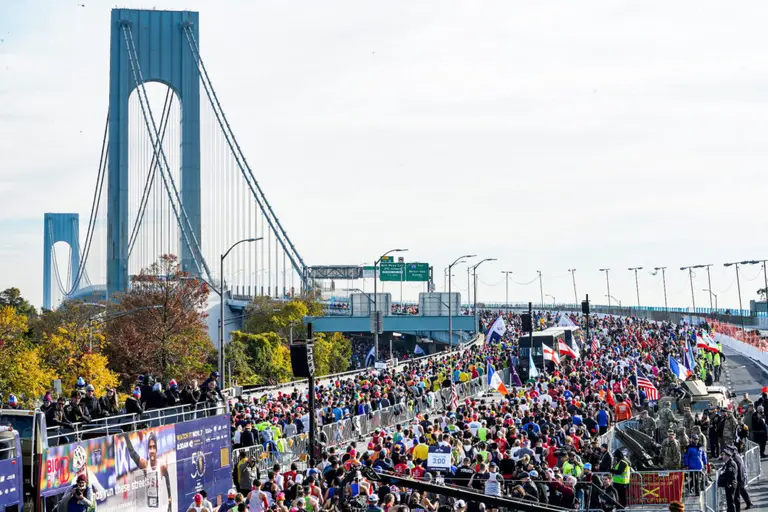


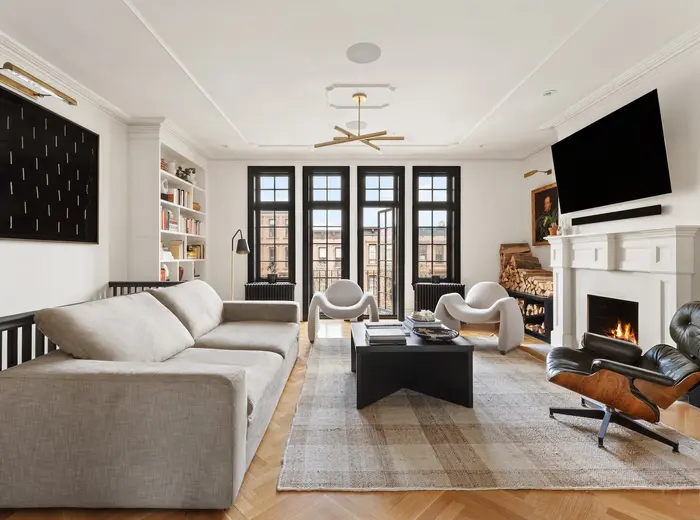
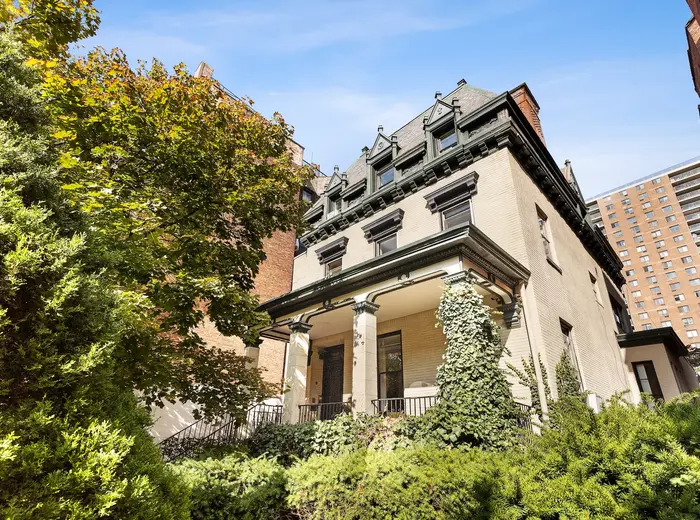
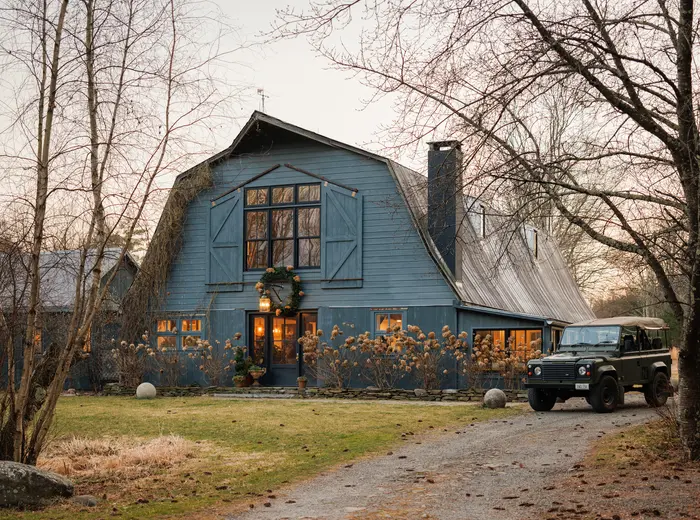
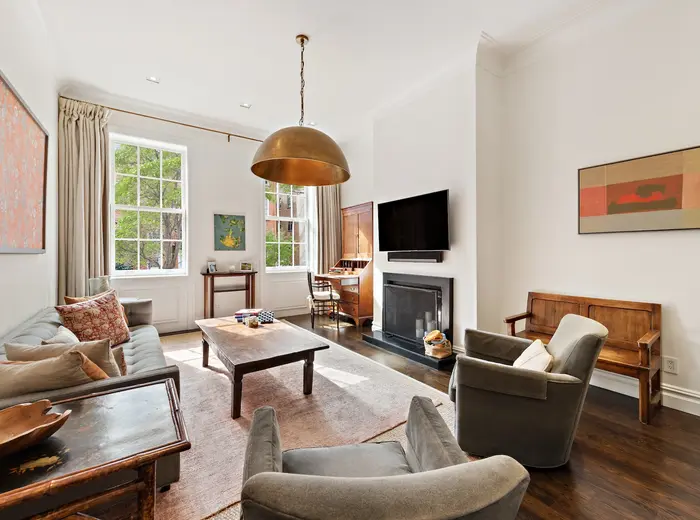
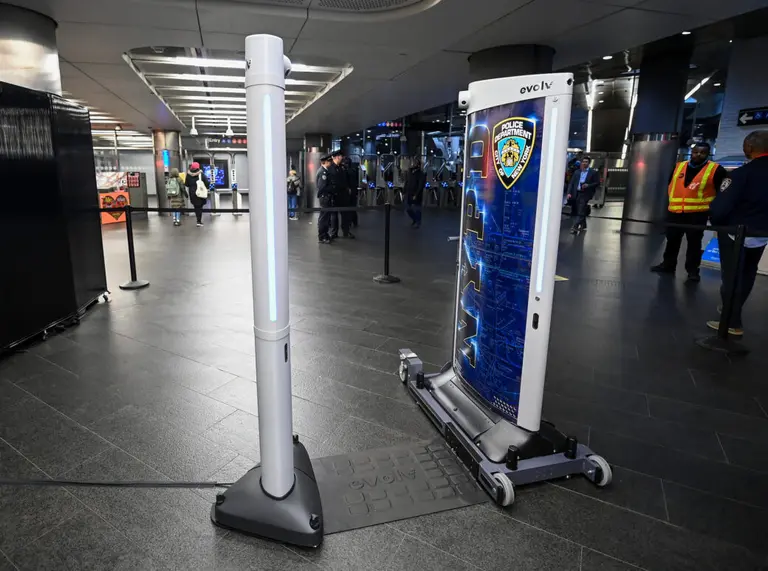
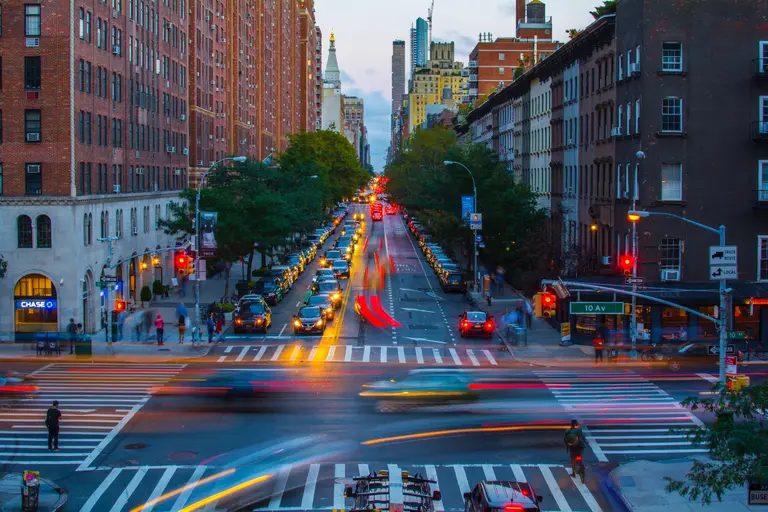
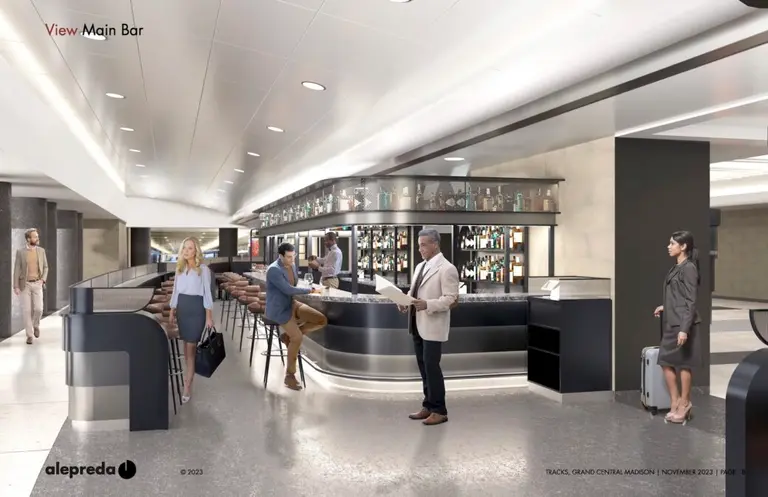
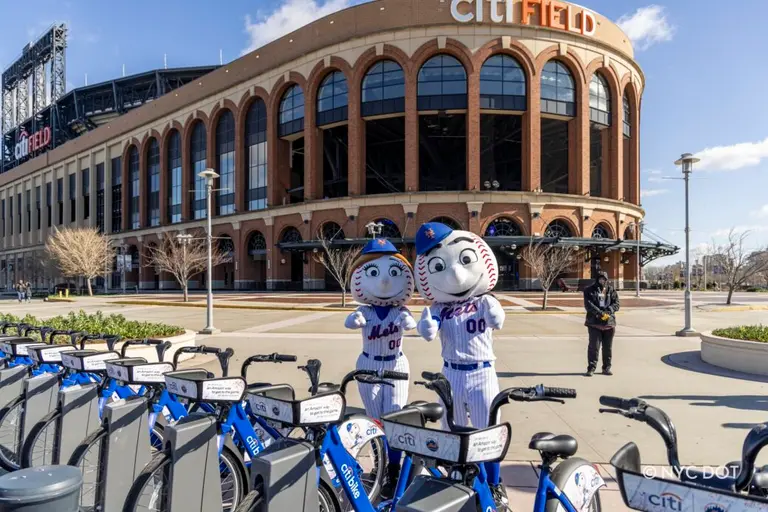
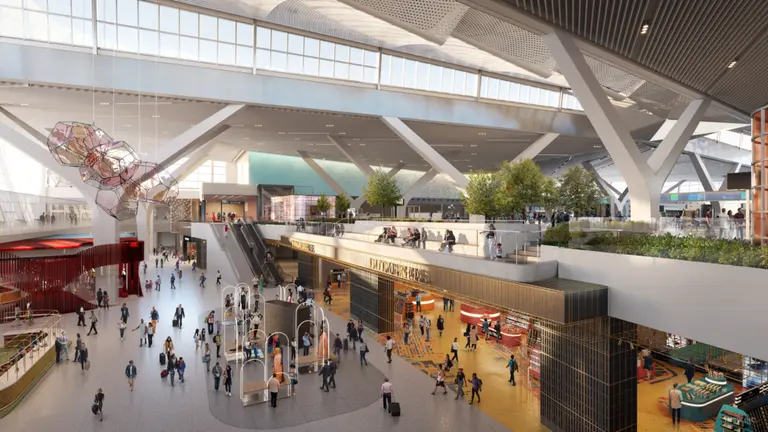
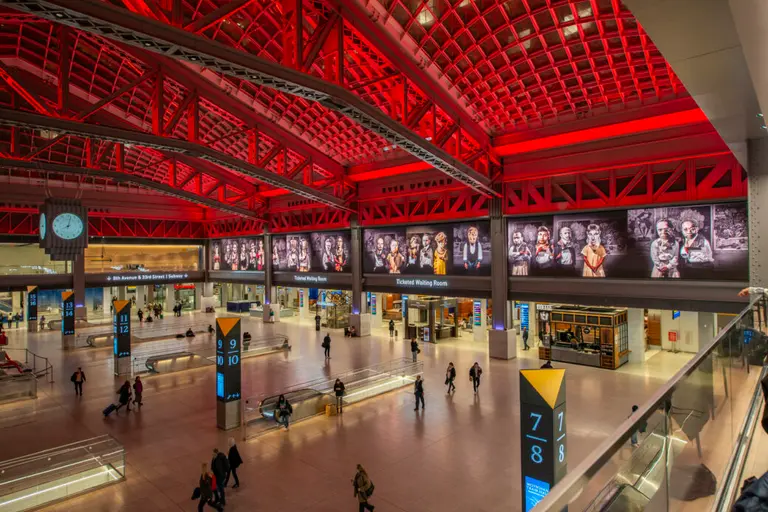











I can’t think of one RPA proposal that was ever implemented in the real world.